Year 6
The science inquiry skills and science as a human endeavour strands are described across a two-year band. In their planning, schools and teachers refer to the expectations outlined in the achievement standard and also to the content of the science understanding strand for the relevant year level to ensure that these two strands are addressed over the two-year period. The three strands of the curriculum are interrelated and their content is taught in an integrated way. The order and detail in which the content descriptions are organised into teaching and learning programs are decisions to be made by the teacher.
Incorporating the key ideas of science
Over Years 3 to 6, students develop their understanding of a range of systems operating at different time and geographic scales.
In Year 6, students explore how changes can be classified in different ways. They learn about transfer and transformations of electricity, and continue to develop an understanding of energy flows through systems. They link their experiences of electric circuits as a system at one scale to generation of electricity from a variety of sources at another scale and begin to see links between these systems. They develop a view of Earth as a dynamic system, in which changes in one aspect of the system impact on other aspects; similarly, they see that the growth and survival of living things are dependent on matter and energy flows within a larger system. Students begin to see the role of variables in measuring changes and the value of accuracy in these measurements. They learn how to look for patterns and to use these to identify and explain relationships by drawing on evidence.
(source: www.australiancurriculum.edu.au)
Achievement Standard
By the end of Year 6, students compare and classify different types of observable changes to materials. They analyse requirements for the transfer of electricity and describe how energy can be transformed from one form to another when generating electricity. They explain how natural events cause rapid change to Earth’s surface. They describe and predict the effect of environmental changes on individual living things. Students explain how scientific knowledge helps us to solve problems and inform decisions and identify historical and cultural contributions.
Students follow procedures to develop investigable questions and design investigations into simple cause-and-effect relationships. They identify variables to be changed and measured and describe potential safety risks when planning methods. They collect, organise and interpret their data, identifying where improvements to their methods or research could improve the data. They describe and analyse relationships in data using appropriate representations and construct multimodal texts to communicate ideas, methods and findings.
(source: www.australiancurriculum.edu.au)
- Plus Plan
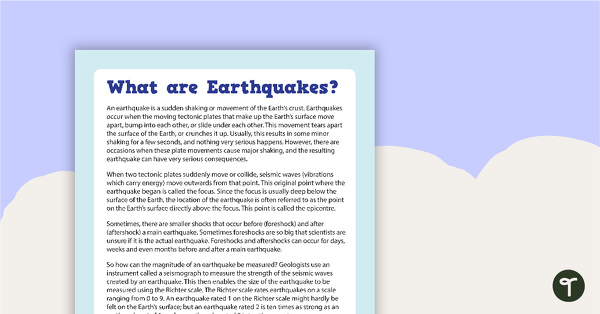
Comprehension - What are Earthquakes?
A comprehension activity about 'What are Earthquakes?'
- Plus Plan
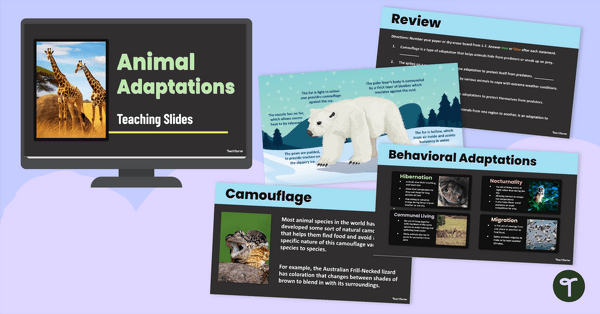
Animal Adaptations PowerPoint
Teach your students about the behavioural, structural, and physiological adaptations of animals with an interactive teaching slide deck.
- Plus Plan
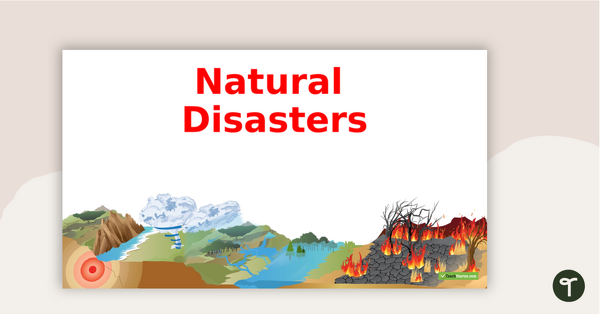
Natural Disasters PowerPoint
A 45 slide editable PowerPoint template for teaching a unit on natural disasters.
- Plus Plan
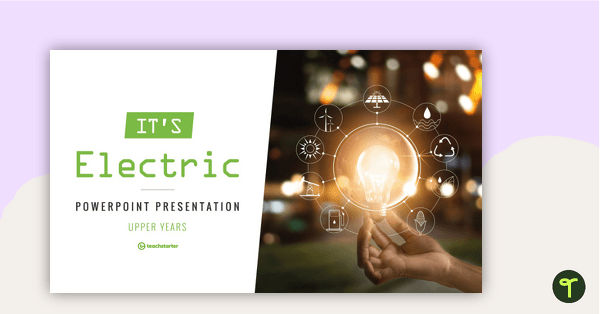
It's Electric! - PowerPoint Presentation
A 23 slide editable PowerPoint to use when teaching your students about electricity in Science.
- Free Plan
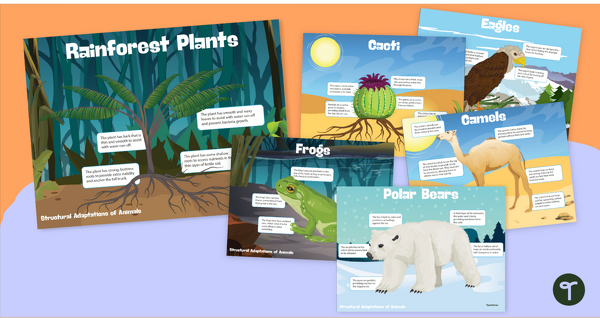
Plant and Animal Adaptations - Structural Adaptation Posters
Highlight the physical adaptations of different animals with a set of printable anchor charts.
- Plus Plan
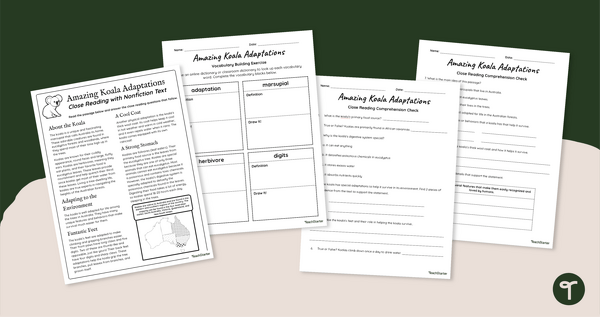
Koala Adaptations Reading Comprehension Worksheets
Learn about the physical and behavioural adaptations of the koala with a set of printable reading comprehension worksheets for Year 4.
- Plus Plan
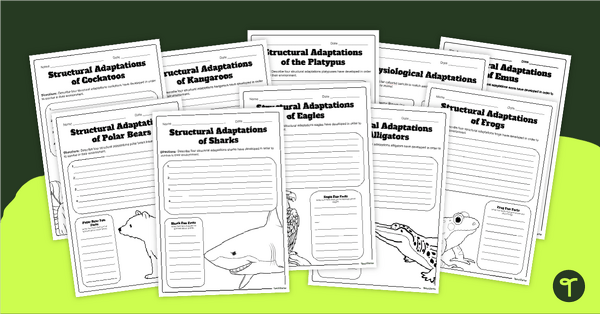
Animal Adaptations - Worksheet Pack
Use these animal adaptation worksheets when teaching students about the structural, behavioral, and physiological adaptations of animals.
- Plus Plan
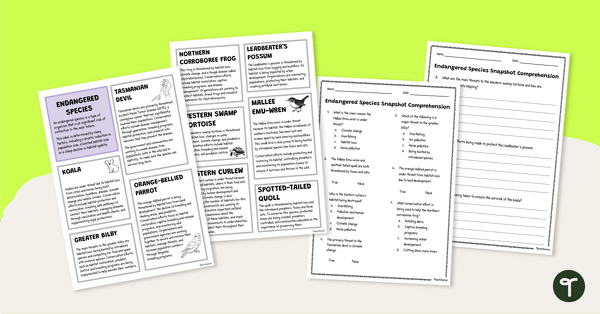
Australian Endangered Species Snapshots – Comprehension Worksheet
Explore some Australian endangered species with your students using this set of reading passages with comprehension questions.
- Plus Plan
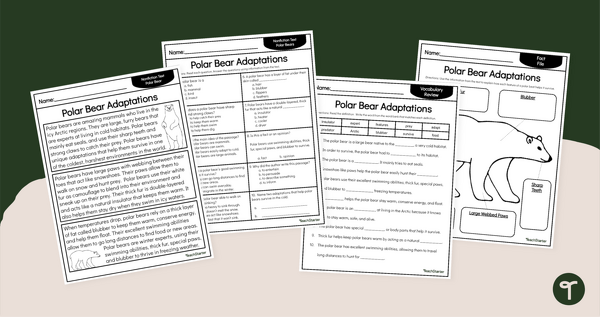
Polar Bear Adaptations Reading Comprehension Pack
Discover polar bear structural adaptations with a set of printable reading comprehension worksheets for Year 3.
- Plus Plan
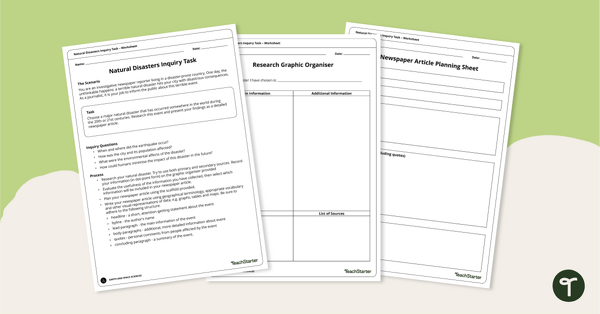
Natural Disasters Inquiry Task - Newspaper Report
Use our 3-page graphic organiser to research and report on a significant natural disaster from the last 100 years.
- Plus Plan
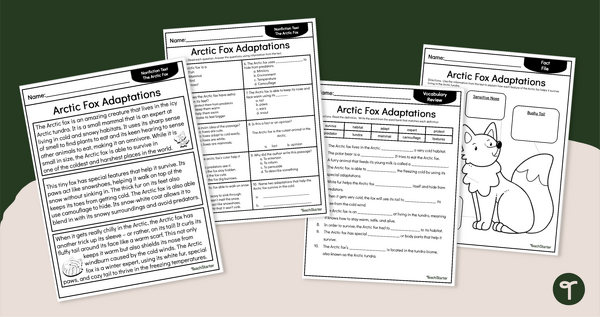
Arctic Fox Adaptations - Free Comprehension Worksheets
Read and learn about Arctic fox adaptations with a set of free Reading Comprehension Worksheets for Years 2 and 3.
- Free Plan
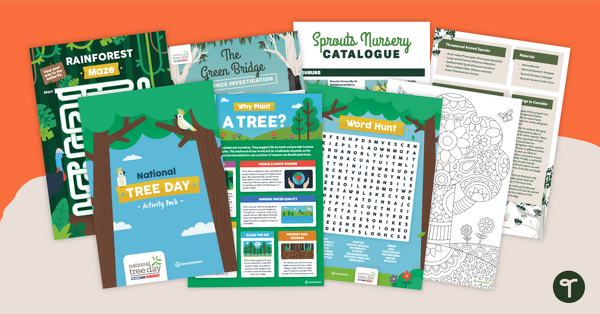
National Tree Day Activity Pack
Celebrating National Tree Day with a pack of exciting activities!
- Free Plan
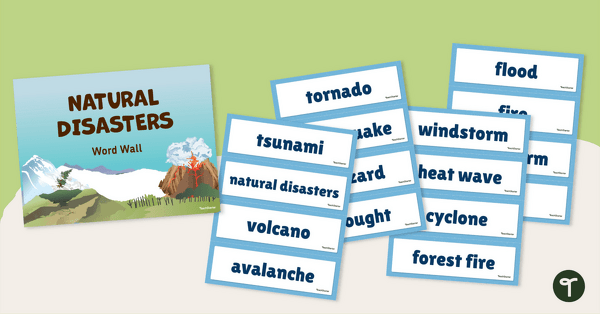
Natural Disaster Word Wall Vocabulary
Use this teacher-created resource to explore natural disaster vocabulary with your primary school students.
- Plus Plan
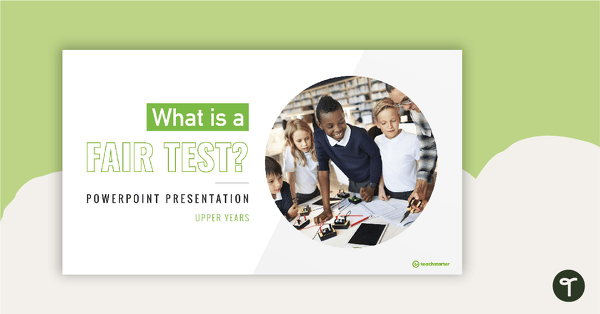
What is a Fair Test? - Upper Years PowerPoint
A 20 slide PowerPoint to use when teaching your students about how to make a fair test in Science.
- Free Plan
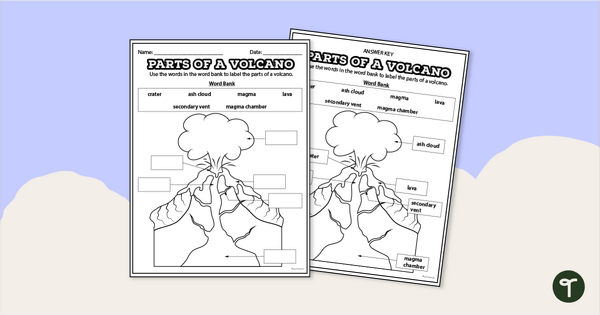
Diagram of a Volcano - Labelling Worksheet
Label the volcano diagram with a printable worksheet.
- Free Plan
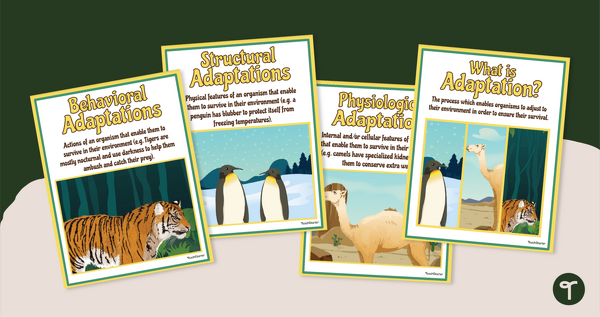
Behavioural, Structural and Physiological Adaptations (Classroom Poster Pack)
Print 4 free classroom posters explaining the different types of adaptations in the animal kingdom!
- Plus Plan
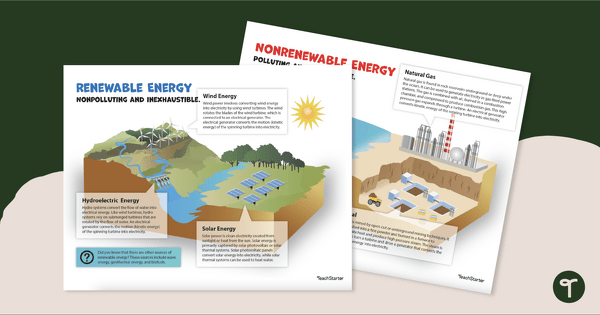
Renewable and Non-renewable Energy Sources Poster Pack
Display and examine renewable and non-renewable energy sources, including wind, hydro, solar, natural gas, oil and coal.
- Free Plan
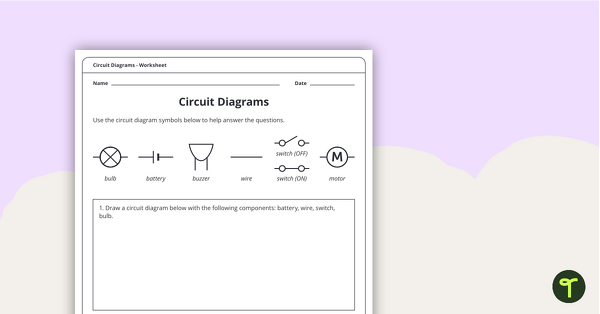
Circuit Diagrams Worksheet
A worksheet that explores how to read and write circuit diagrams.
- Plus Plan
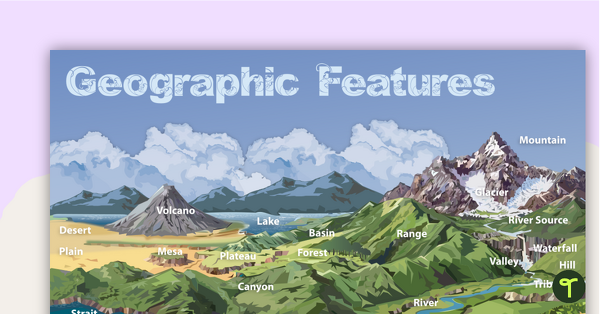
Geographic Landforms Features Poster and Worksheet
Add this poster of different types of geographic features of Earth to your classroom walls to provide a visual reference for students.
- Plus Plan
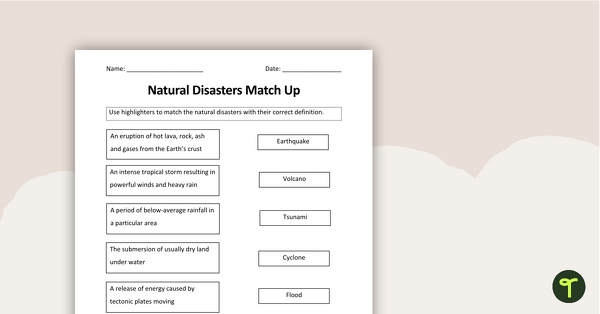
Natural Disasters Match-Up Worksheet
A worksheet to use when introducing the concept of natural disasters.
- Plus Plan
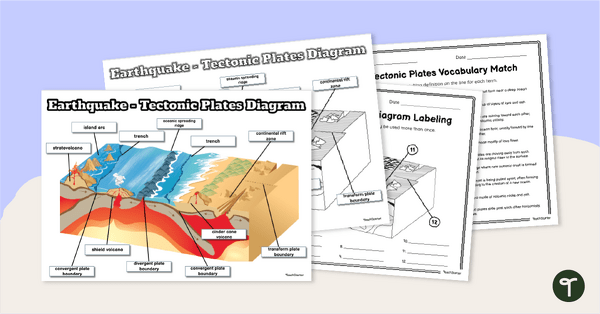
Earthquake - Tectonic Plates Diagram & Worksheets
Introduce students to plate tectonics with a labelled diagram and worksheet set featuring different types of volcanoes, layers of earth and landforms.
- Plus Plan
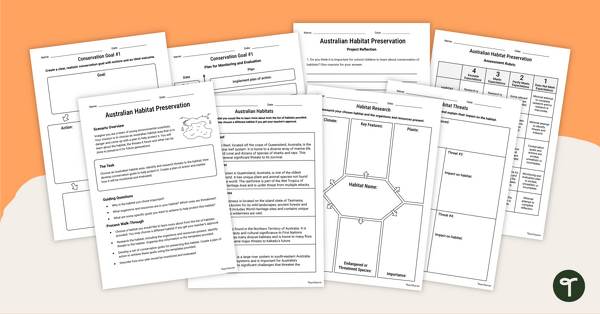
Australian Habitat Preservation – Inquiry-Based Project
Use this habitat preservation project to teach your students about how to help conserve a threatened Australian environment for future generations.
- Plus Plan
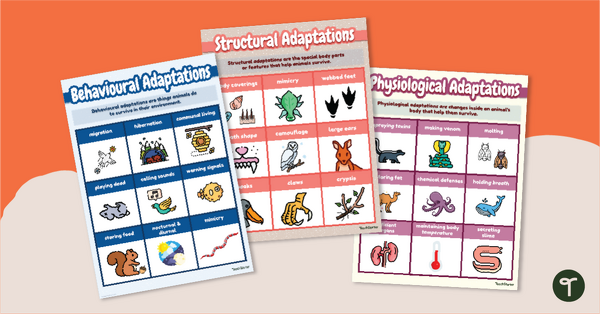
Animal Adaptation Examples – Anchor Chart Set
Help your students identify physiological, behavioural, and structural adaptations with printable Examples of Adaptations Anchor Charts.
- Plus Plan
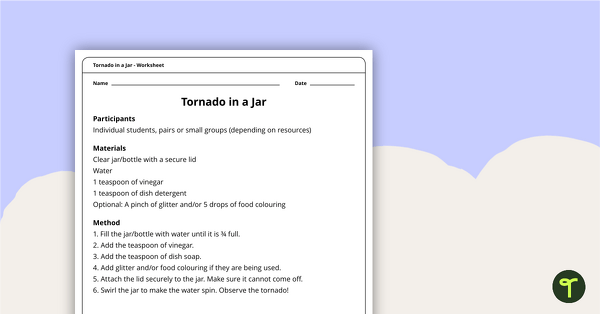
Tornado in a Jar Worksheet
A science activity that demonstrates some properties and effects of motion.
- Free Plan
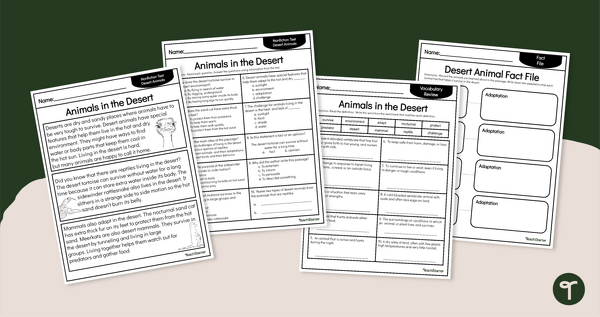
Free Desert Animal Adaptations Worksheets - Comprehension
Discover desert animal adaptations with a printable reading comprehension worksheet pack for Grade 4.
- Plus Plan
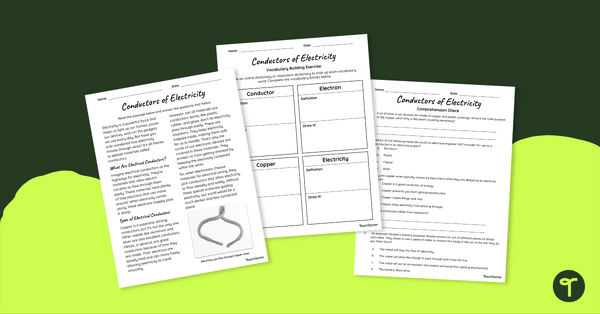
Conductors of Electricity Reading Comprehension Worksheet
Challenge your students to show what they know about electrical conductors with this reading comprehension worksheet.
- Plus Plan
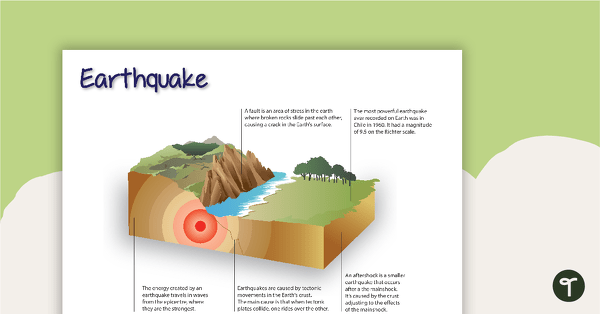
Natural Disaster Posters - Information
Posters with pictures and information for eight different types of natural disasters.
- Plus Plan
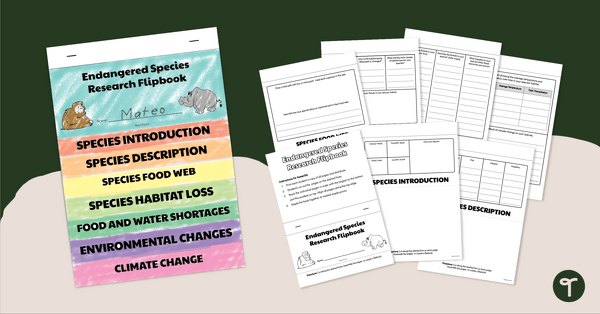
Endangered Species Research Flipbook
Get your students to research an endangered species using this easy-to-compile flipbook scaffold.
- Plus Plan
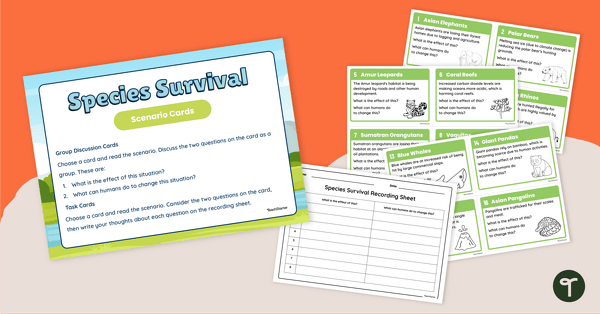
Species Survival Scenario Task Cards
Explore how to save endangered species during National Science Week 2024 with this set of 16 species survival scenario cards.
- Plus Plan

Animal Adaptations Digital Learning Activity
Discover a variety of structural, behavioural, and physiological adaptations with an Animal Adaptations Digital Learning activity.
- Plus Plan

Camel Adaptations - Year Five Reading Comprehension
Learn about the physical and behavioural adaptations of a camel with a set of printable reading comprehension worksheets for Year 5.
- Free Plan

Natural Disasters - Illustrated Vocabulary Display
Reinforce science vocabulary in your classroom with this set of illustrated and annotated natural disaster word wall cards.